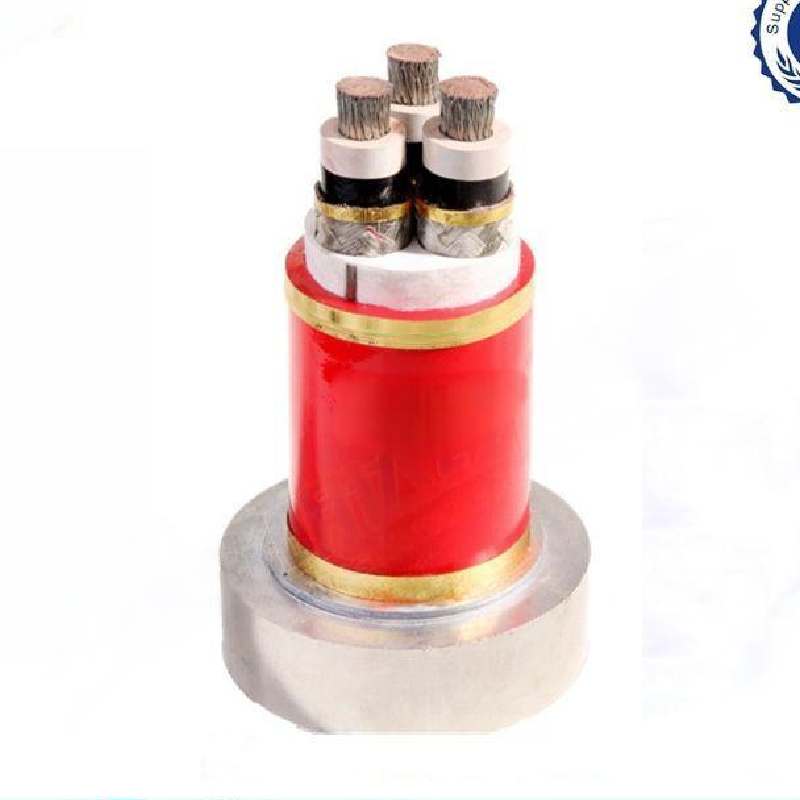Ліст . 08, 2024 14:57 Back to list
flange type silent check valve
The Flange Type Silent Check Valve An Essential Component in Modern Fluid Systems
In the ever-evolving world of fluid mechanics and industrial applications, the efficiency and reliability of fluid transport systems are paramount. Among the various components that ensure optimal operation, the flange type silent check valve plays a critical role. This article aims to explore the characteristics, benefits, applications, and maintenance considerations of flange type silent check valves, underscoring their importance in modern engineering solutions.
Understanding Flange Type Silent Check Valves
A silent check valve is a type of non-return valve designed to prevent the backflow of fluids in a pipeline. Unlike conventional check valves that can create a noticeable noise during operation, silent check valves are engineered to operate quietly and smoothly. The flange type designation indicates that the valve is mounted onto piping using flange connections, which are flat surfaces that can securely join two sections of piping, ensuring a tight seal that mitigates leakage.
The primary function of a flange type silent check valve is to allow fluid to flow in one direction while automatically closing when flow reverses. This mechanism protects pumps and other equipment from potential damage caused by backflow, which can lead to inefficiencies and costly repairs.
Key Features
Flange type silent check valves boast several key features
1. Material Construction They are typically constructed from high-quality materials such as stainless steel, brass, or cast iron, ensuring durability and resistance to corrosion.
2. Flow Design These valves are designed with a streamlined flow path to minimize pressure loss and turbulence. This design enhances the efficiency of fluid transport systems.
3. Quiet Operation The silent operation is achieved through specialized internal components that reduce the mechanical noise typically associated with the clacking of discs in traditional check valves.
4. Flanged Connections The flange connections allow for easy installation and replacement, making maintenance and servicing more straightforward.
Benefits of Flange Type Silent Check Valves
The benefits of using flange type silent check valves in fluid systems are manifold
- Prevention of Backflow By preventing backflow, these valves protect downstream equipment, thus extending the lifecycle of pumps, pipelines, and other machinery. - Reduced Noise The quiet operation is particularly beneficial in applications where noise reduction is critical, such as in residential buildings and commercial facilities.
- Improved Energy Efficiency The streamlined design minimizes pressure drops, leading to reduced energy consumption during fluid transport
.flange type silent check valve

- Versatility Flange type silent check valves can be utilized in various applications, including HVAC systems, water supply networks, and industrial processes involving liquids and gases.
Applications
Flange type silent check valves find application across numerous sectors
- Water and Wastewater Treatment They are extensively used in water treatment plants to ensure that flow patterns remain consistent and that contaminants do not backflow into clean water supplies.
- Industrial Processes In manufacturing and processing plants, these valves prevent backflow that could disrupt operations and safeguard sensitive equipment.
- HVAC Systems In heating, ventilation, and air conditioning (HVAC) systems, they ensure the proper flow of water and refrigerants, enhancing system efficiency.
- Fire Protection Systems Silent check valves are used in fire sprinklers and hydrant systems to ensure that water remains in the correct direction for effective firefighting.
Maintenance Considerations
To ensure optimal performance and longevity of flange type silent check valves, regular maintenance is essential
- Inspection Periodic inspections can help identify wear and tear, corrosion, or any blockages that could impede operation.
- Cleaning Keeping the valves clean from debris and sediment buildup is crucial to ensuring smooth operation.
- Lubrication Adequate lubrication of moving parts can reduce the likelihood of mechanical failure and prolong the valve's life.
Conclusion
In summary, the flange type silent check valve is an indispensable component in modern fluid systems, combining efficiency, durability, and quiet performance into a single solution. Its ability to prevent backflow protects critical equipment and enhances operational reliability across various applications. By understanding and maintaining these valves, engineers and operators can ensure their systems run smoothly and economically, contributing to sustainable practices in an increasingly resource-conscious world.
Share
-
Reliable Wafer Type Butterfly Valves for Every IndustryNewsJul.25,2025
-
Reliable Flow Control Begins with the Right Ball Check ValveNewsJul.25,2025
-
Precision Flow Control Starts with Quality ValvesNewsJul.25,2025
-
Industrial Flow Control ReliabilityNewsJul.25,2025
-
Engineered for Efficiency Gate Valves That Power Industrial PerformanceNewsJul.25,2025
-
Empowering Infrastructure Through Quality ManufacturingNewsJul.25,2025